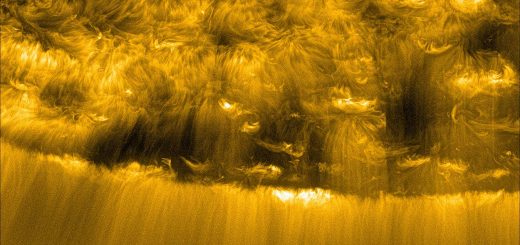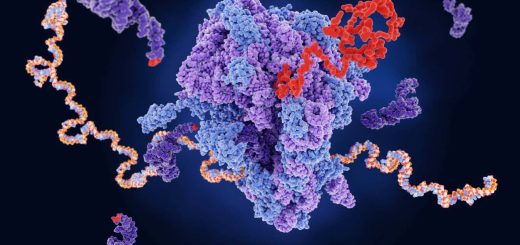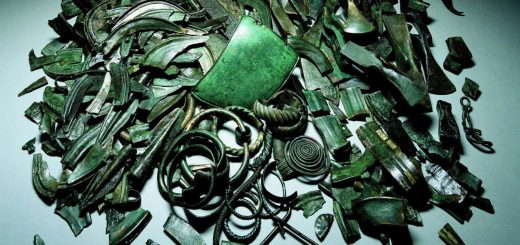Stunning first images show the power of the Vera C. Rubin Observatory
A powerful new telescope in Chile is set to transform astronomy, and its first pictures of stellar nurseries and galaxies have just been unveiled
By Alex Wilkins
23 June 2025 Last updated 23 June 2025
The Trifid (upper-right) and Lagoon (centre) Nebulae as viewed with the Vera C. Rubin Observatory
NSF-DOE Vera C. Rubin Observatory
A pink-and-blue feast of stellar nurseries and a dense cluster of our neighbouring galaxies appear in the first glimpses of space from the Vera C. Rubin Observatory, which is set to transform our understanding of the universe with unprecedentedly detailed scans of the night sky.
These images, which were compiled from around 10 hours of observation from the Cerro Pachón mountain in Chile, are tests that illustrate the sorts of shots Rubin is capable of capturing. The telescope’s decade-long mission to observe the night sky each night, known as the Legacy Survey of Space and Time, will start later this year.
Advertisement
Read more
The Vera C. Rubin Observatory is about to totally transform astronomy
The first image (above) contains the Trifid Nebula, the pink-and-blue ball in the upper-right quarter, which is a star-forming region in our galaxy surrounded by thousands of young stars. In the centre of the shot is the Lagoon Nebula, a vast cloud of interstellar gas and dust. To create this image, astronomers combined 678 different pictures taken over 7 hours by Rubin.
A small section of the Vera C. Rubin Observatory’s total view of the Virgo cluster NSF-DOE Vera C. Rubin Observatory


